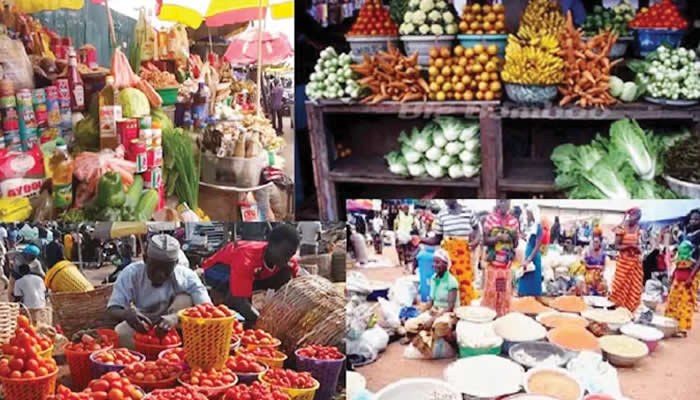Global food prices dropped by 2.1% in 2024 compared to 2023, according to the UN Food and Agriculture Organisation (FAO). The FAO’s Food Price Index, which tracks international price trends of widely traded food commodities, averaged 122.0 points in 2024, down from 124.6 points the previous year.
However, monthly data showed prices increasing steadily, with the index rising from 117.6 points in January to 127.0 points in December.
Join our WhatsApp ChannelCereals and Sugar Lead the Decline
The drop in annual prices was largely driven by decreases in cereal and sugar prices. The FAO reported a 13.3% fall in cereal prices and a 13.2% drop in sugar prices compared to 2023.
These declines helped offset increases in other categories, such as a 9.4% rise in vegetable oil prices.
Meat, Dairy, and Oils Push Monthly Food Prices Higher
While yearly averages showed a decline, food prices surged by 6.7% between December 2023 and December 2024. The increase was primarily fueled by higher prices for meat, dairy, and vegetable oils, reflecting ongoing pressures in global food supply chains.
Food Prices Remain Higher Than Pre-Pandemic Levels
Despite the yearly decline, prices remain significantly higher than pre-COVID-19 pandemic levels. Compared to five years ago, the current global food price index is approximately 26% higher.
READ ALSO: Christmas: Tips For Surviving High Food Prices This Yuletide
The COVID-19 pandemic disrupted global trade in 2020, initially causing prices to dip. However, as the global economy rebounded, inflationary pressures and supply chain challenges pushed prices higher.
Impact of Geopolitical Events on Food Prices
Russia’s invasion of Ukraine in 2022 significantly affected global prices, as both countries are major exporters of wheat. The conflict caused prices to spike to record highs.
Efforts to maintain grain shipments in subsequent years helped stabilise prices, but geopolitical uncertainties continue to impact food markets.
Stocks of Food Commodities Tracked
Here are the categories tracked in the FAO Prices of food Index for 2024:
- Cereals: Down 13.3% compared to 2023.
- Sugar: Fell by 13.2% year-on-year.
- Vegetable Oils: Increased by 9.4%.
- Meat and Dairy: Contributed significantly to the monthly rise in prices.
Looking Ahead to 2025
The FAO’s analysis highlights ongoing challenges in global food markets, including supply chain issues, climate impacts, and geopolitical tensions.
Policymakers are encouraged to focus on sustainable agricultural practices and food trade policies to stabilise prices in the coming years.
Emmanuel Ochayi is a journalist. He is a graduate of the University of Lagos, School of first choice and the nations pride. Emmanuel is keen on exploring writing angles in different areas, including Business, climate change, politics, Education, and others.



















Follow Us